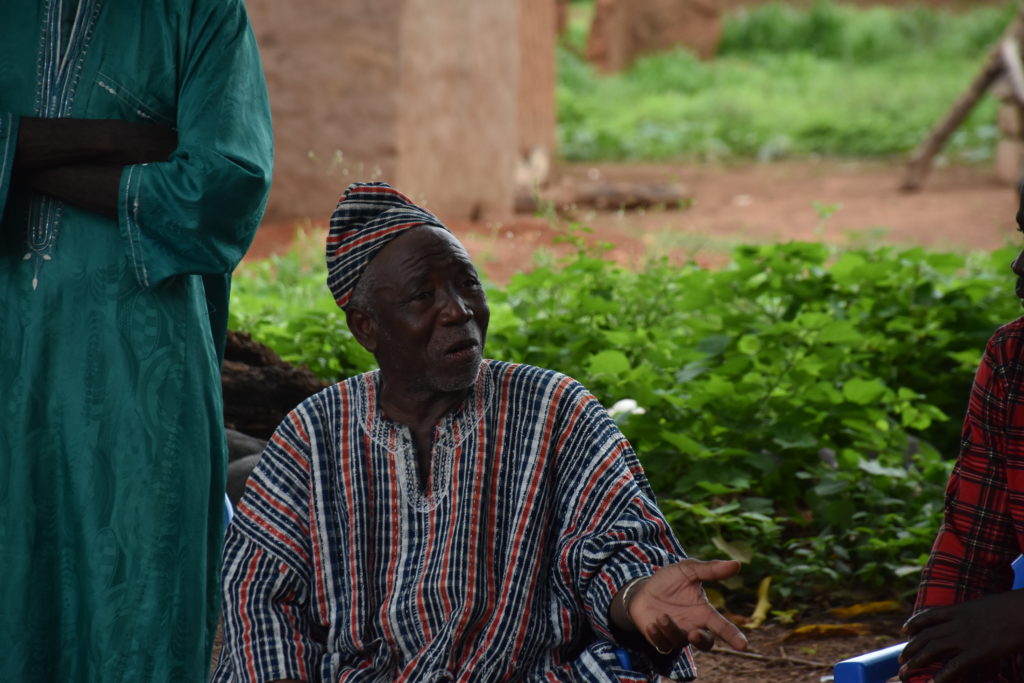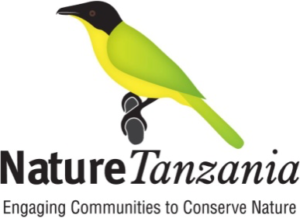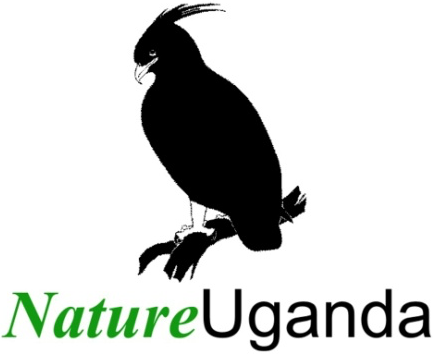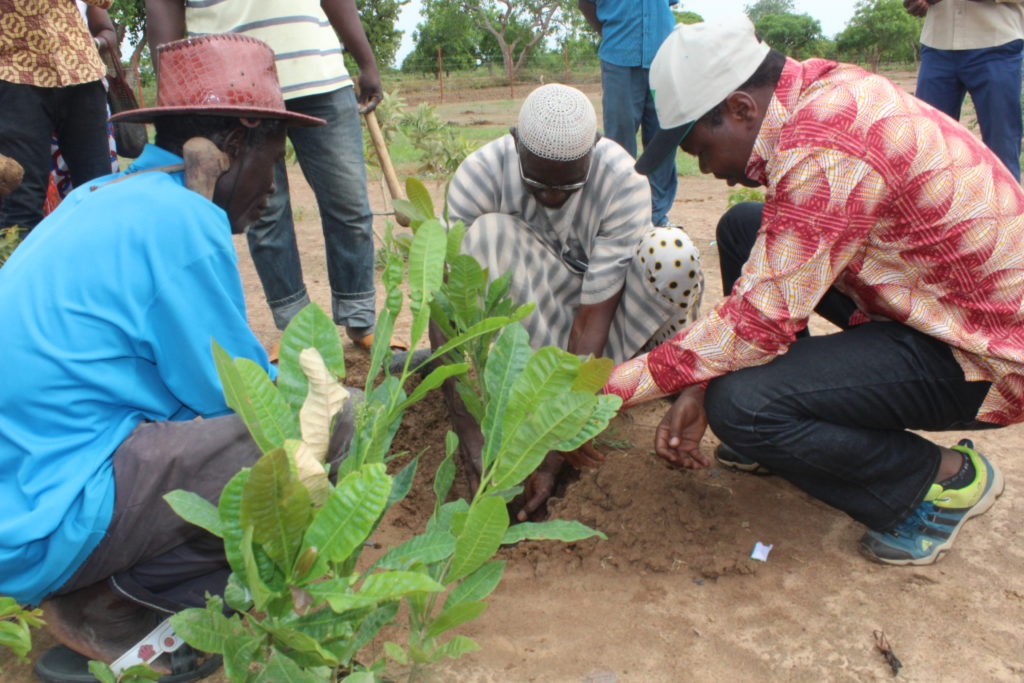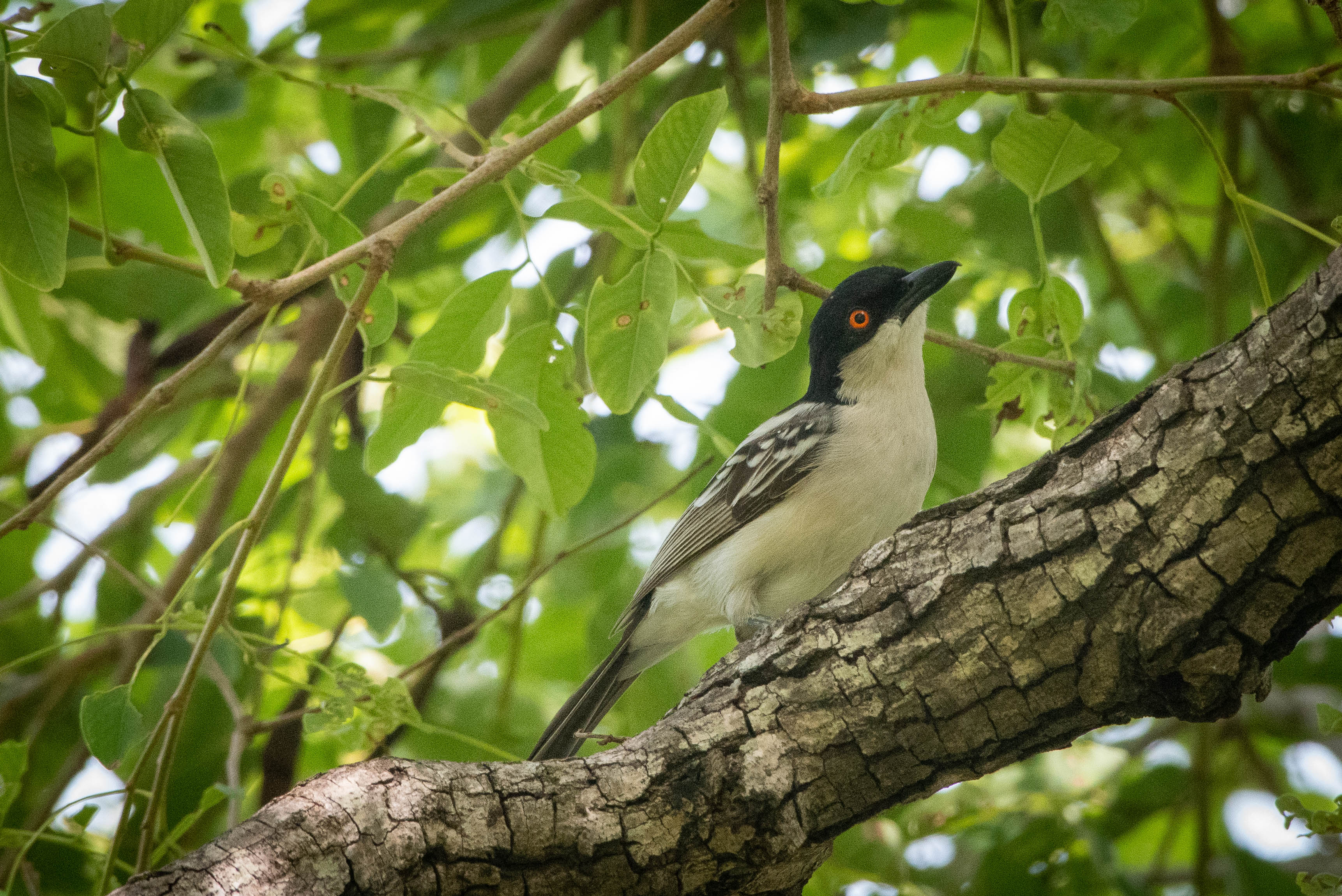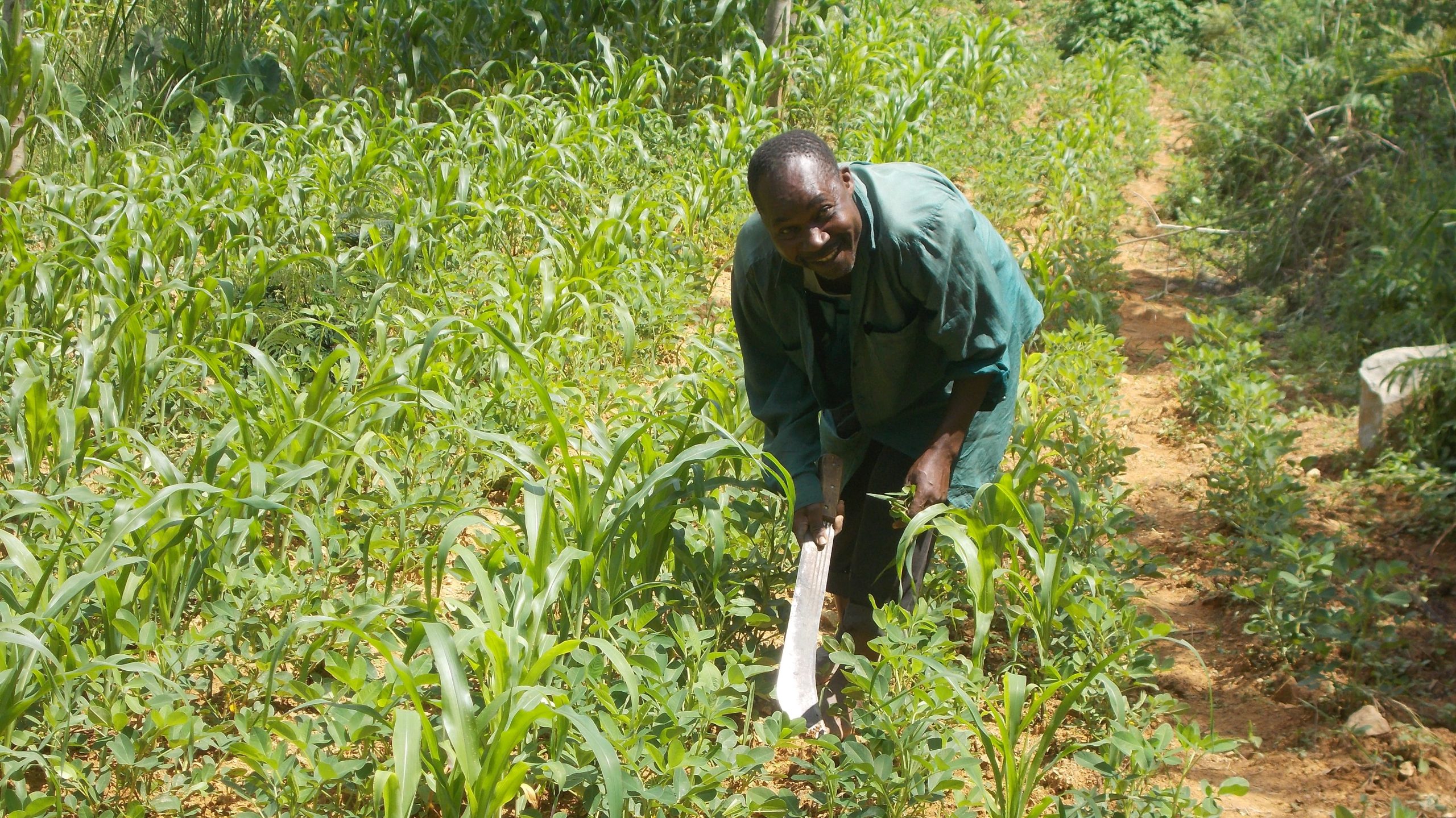Project approach
Objectives and methods
NABU and it’s six partners work together on their organisational development through mutual learning, to intensify their regional collaboration including transboundary and interregional governance and to enhance their expertise in innovative agricultural methods.
AfriEvolve is conceived as a pan-African co-support platform facilitating peer-to-peer learning exchanges and south-south mentoring and capacity building among its members. The activities of the project contribute to newly gained organisational development skills for improving civil society cooperation. Furthermore, the partners increase their expertise in Climate Smart Agriculture while farmers at the six pilot sites are benefitting directly.
Organisational capacities
NABU and six African NGOs are setting up regional cluster networks for enhancing organisational development for each of the partner organisations and supporting local farmers in adapting agricultural systems to climate change. Ghana Wildlife Society, NATURAMA, Nature Kenya, Nature Tanzania, Nature Uganda and SOS-Forêts represent a wide range of green NGOs in Africa. Two regional clusters, East and West Africa, were formed, each comprising three partners with different levels of capacity and development.
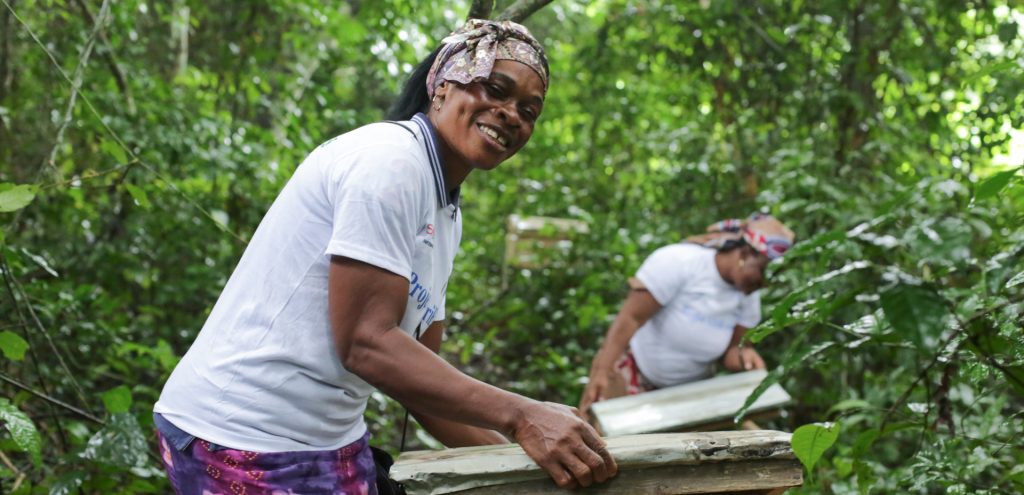
All six partners work with different approaches to conservation and income generation, depending on the country, the characteristics of the wider habitat and its people as well as the specific local challenges. Although those challenges and framework conditions are often similar, the NGOs can hardly exchange with each other due to lack of opportunities and financial constraints.
All six NGOs are accredited members (or in the process of accreditation) of BirdLife International, a global network of conservation organisations, who’s mission it is to conserve birds, their habitats and global biodiversity and to work with people toward sustainability in the use of natural resources. There over 115 BirdLife partners worldwide.
Climate Smart Agriculture
The effects of climate change, with unpredictable weather phenomena such as heavy rainfall, frost, extreme dry periods with corresponding consequences such as erosion, are already exacerbating crop failures and losses and thus poverty and people’s dependence on the natural resources of their environment. The socio-economic impacts of the Covid-19 pandemic have contributed to increased poverty and the often already high pressure on natural resources. One way to help reducing this pressure is the conversion of land to more sustainable forms of use that are at the same time better adapted to the impacts of climate change, summarised as Climate Smart Agriculture (CSA).
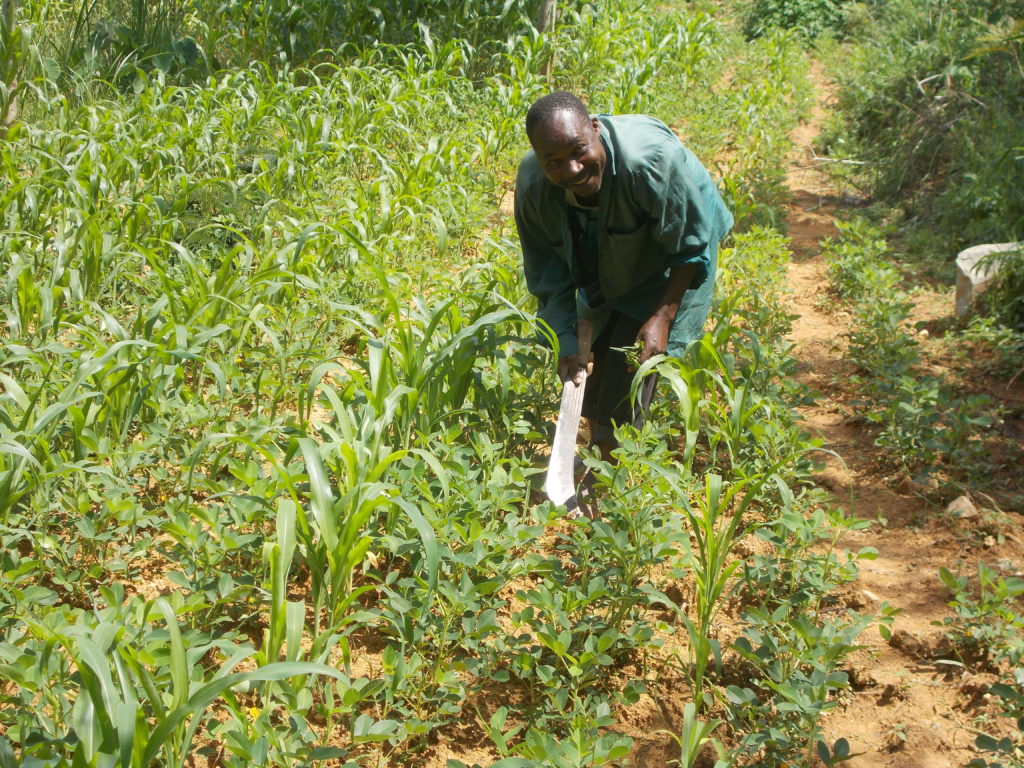
The FAO defines Climate Smart Agriculture as “an approach that helps guide actions needed to transform and reorient agricultural systems to effectively support development and ensure food security in a changing climate”. Climate Smart Agriculture has three main objectives: to sustainably increase agricultural productivity and incomes; to adapt to climate change and build resilience; and to reduce and/or eliminate greenhouse gas emissions wherever possible. Climate Smart Agriculture is an approach for developing agricultural strategies to ensure sustainable food security under climate change conditions. Climate Smart Agriculture offers actors at local, national and international levels the opportunity to develop agricultural strategies that suit their local conditions.
As all six project partners have limited experience with Climate Smart Agriculture but consider it a highly suitable approach to link nature conservation, climate change challenges and land use needs. Therefore, it was decided to develop pilot sites in each of the six project countries. For this, each NGO independently identified a suitable geographical area, considering the specific context carefully, in their country to pilot Climate Smart Agriculture tailored to local conditions.
The criteria for the selection of the target region included:
- the existing extent of climate change impacts
- the neediness and motivation of the target group
- the partners existing knowledge of and experience with agricultural use and methods as well as affected habitat types
- the compatibility with priority conservation areas (IBAs, KBAs)
- the political as well as the security context
- the partners existing local implementation structures
- the partners existing linkage to local communities and governments
